From the silent, empty space between the faces of two golden cherubs, the Lord of the Universe spoke to the people of Israel.1
Standing in the Great Hall of Hampton Court Palace, I looked with reverence upon the silent space from which musical revelations once resounded. This gallery was not only host to the finest Italian musicians on Albion’s shores, but was once the sonic sanctuary of some of England’s only Jews.
King Henry VIII first made contact with the Jews of Venice seeking rabbinic advice to bolster his case for divorce, a fascinating story which is the subject of a very recent book. So when looking for the best musicians for his court, Henry turned again to Venice, recruiting the Bassano family of wind players. The Bassanos served in the Doge’s own civic wind ensemble, and their unsurpassed musical reputation was reported to Henry as “excellent and esteemed above all others.”
There was just one snag — Jews had been outlawed in England since 1290. But this did not deter the king, who brought these crypto-Jewish musicians into the very heart of the Tudor court. Through their playing, and likely through suppressing their Judaism, the Bassanos became fixtures of English Renaissance music, even acquiring a coat of arms.
This may look like the heraldry for a clan of entomologists, but don’t be fooled: the silk-moths allude to the family’s former participation in the silk trade. This ancient symbol also became the mark of their musical instruments, as the Bassanos expanded into manufacturing both viols and woodwinds for the English public across the sixteenth century. Here’s a video of one of those Bassano viols below, playing an iconic Tudor tune.2
The Bassano story has captivated me, especially once I began to read the primary sources. I wondered, for a time, if there were more musical instruments that we could specifically link to the family itself. That is because on February 4, 1542, the English privy council reported the arrest of suspected Jews and the confiscation of their property.3 To learn further if such properties could be traced, I enlisted the help of none other than the famed British historian and former Chief Curator of Historic Royal Palaces,
.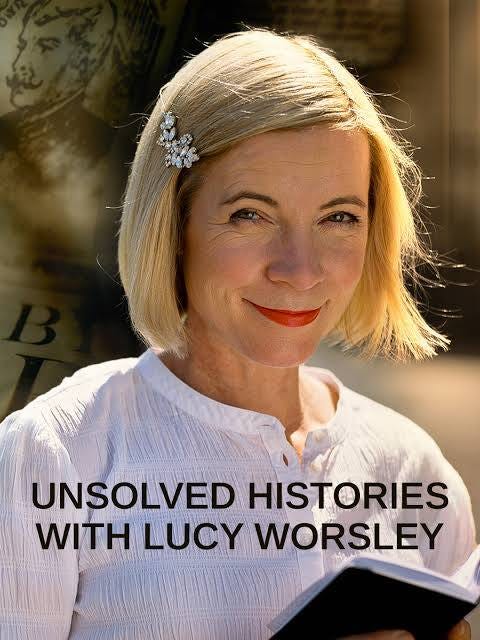
Taking time off from her glamorous life as a podcaster, TV presenter, public historian, and writer of a fantastic new Substack,
, Lucy graciously helped me on my quest for the missing instruments — though I admit that our search for purloined Jewish pifferi is presently at an impasse.4 In digging deeper, I also reviewed the research of Dongmyung Ahn, whose recent article on the Bassanos revisits their contested history and Jewishness, using a creative literary prism to demonstrate that Henry offered Jews “cooperation and protection.”5Yet imagining the musical life of the Bassanos takes more than reading — it takes listening as well. I was therefore overjoyed to discover that you can now watch, for a limited time, the cherubic conjurings of the King’s Consort from the comfort of your own home.
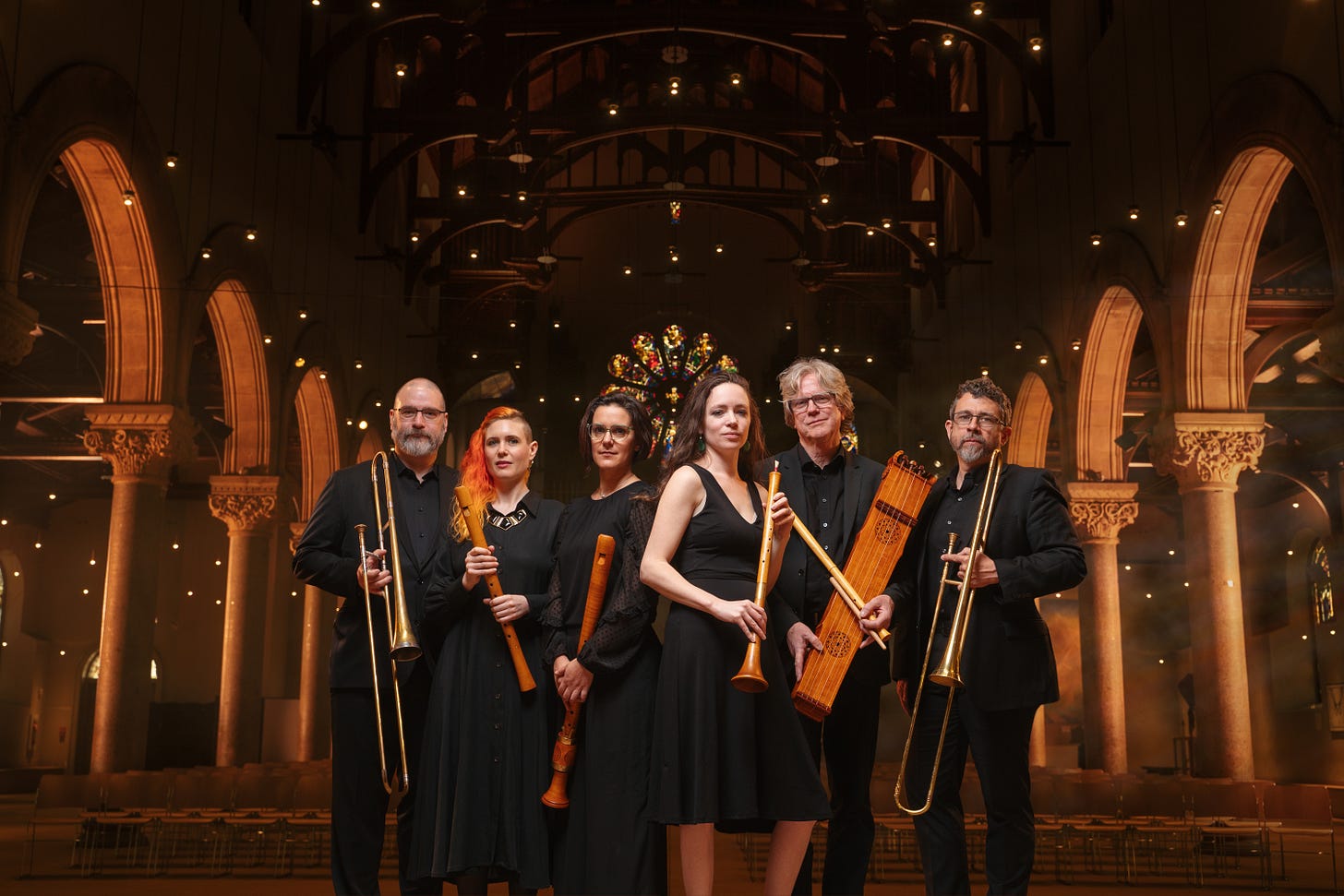
Piffaro: The Renaissance Band is the early music consort of the City of Brotherly Love, mastering epic musical storytelling and repertoire on authentic period instruments. And from April 4-17, they are streaming their recent Bassano-themed performance online. The program notes, together with excellently arranged and well-chosen repertoire, take you through the musical story of the Bassanos, from their origins in Venice to their triumphs in Tudor England. I’m happy to add that as readers of Beyond the Music, you are invited to watch at a special rate (use the discount code “CHAIM” at checkout).
The tragedy of the Bassanos, however, is the same as that of all Jews in Western Music: more often than not, the norms of Western culture and the music industry drove them away from their Judaism, not towards it. Over the generations, the Bassanos were gradually baptized into English society, and their contributions to English Renaissance music came at the price of their identities.6 It may seem utopian to hope for a world where religious commitment and musical excellence can go hand-in-hand. This too is the promise and paradox of the cantorate, Judaism’s timeless experiment of marrying twin aspirations towards excellence — the aesthetic and the ethic — within the confines of one soul.
Nevertheless, Piffaro’s revival of the Bassano story still stands as a revelation, showing how Jews, like so many immigrants, have made great cultural impacts in spite of — or even because of — their outsider status. Like others on the sidelines of history, their contributions hide in the silences we create. Thanks to Piffaro, that silence is now beautifully broken.
A Special Note for West Coast Readers
You are invited to come meet me in person, as I appear this month in two major programs in Los Angeles which burst open the early Jewish music soundscape like an army of sackbutts:
(1) Sunday, April 27th, 1:00pm-7:00pm — Early Sounds of Jewish Music Symposium at UCLA Herb Alpert School of Music, Lani Hall
This is a totally unique, half-day Jewish Early Music festival featuring audience participation, new research, and conversation on Jewish Early Music performance, culminating in a concert featuring the UCLA Early Music Ensemble.
You will not want to miss my colleagues Mark Kligman, Paul Feller-Simmons, Marylin Winkle, and even my own PhD Advisor/Jewish-Early-Music Matriarch, Diana Matut, who is flying all the way in from Germany. You can read the whole program outline here. Registration is required.
(2) Tuesday, April 29th at 7:00pm - Secrets of the Cantor: The Mysterious Origins of Hazzanut Revealed, Sinai Temple.
This is my newest program on my theory of how chazonus came to be, as it evolved from the medieval period to today. Combining early & modern Jewish music with insights from my research into cantorial history, I’m honored to be joined in song by my colleague Cantor Marcus Feldman and Music Director Benjamin Fingerhut. Registration is required.
Our program will also begin with a marking of Yom HaZikkaron, recognizing Israel's fallen soldiers and celebrating the undying song of the Jewish soul which endures in their memory.
Exodus 25:22.
See Ben Hebbert, The British Musuem Citole: New Perspectives (London: British Museum Press, 2015): 61-72.
It is also possible that the arrested Jews may be Portuguese in origin, per the following record. A number of crypto-Jews, known euphemistically as “New Christians,” came to London shortly following the 1492 expulsion from Spain:
My appreciation to
for the screenshots of both privy council records.Dongmyung Ahn, “The Bassanos at the Court of Henry VIII: A Story of Cooperation and Protection,” Music and Jewish Culture in Early Modern Italy: New Perspectives, ed. Lynette Bowring, Rebecca Cypess, and Liza Malamut (Bloomington, IN: Indiana University Press, 2022): 144-164.
One famous Bassano, Emilia (1569-1645), married Alfonso Lanier, another court musician of possible Jewish descent. In addition to authoring one of the first books of feminist poetry, some scholars believe her to be “Dark Lady” of Shakespeare’s sonnets.




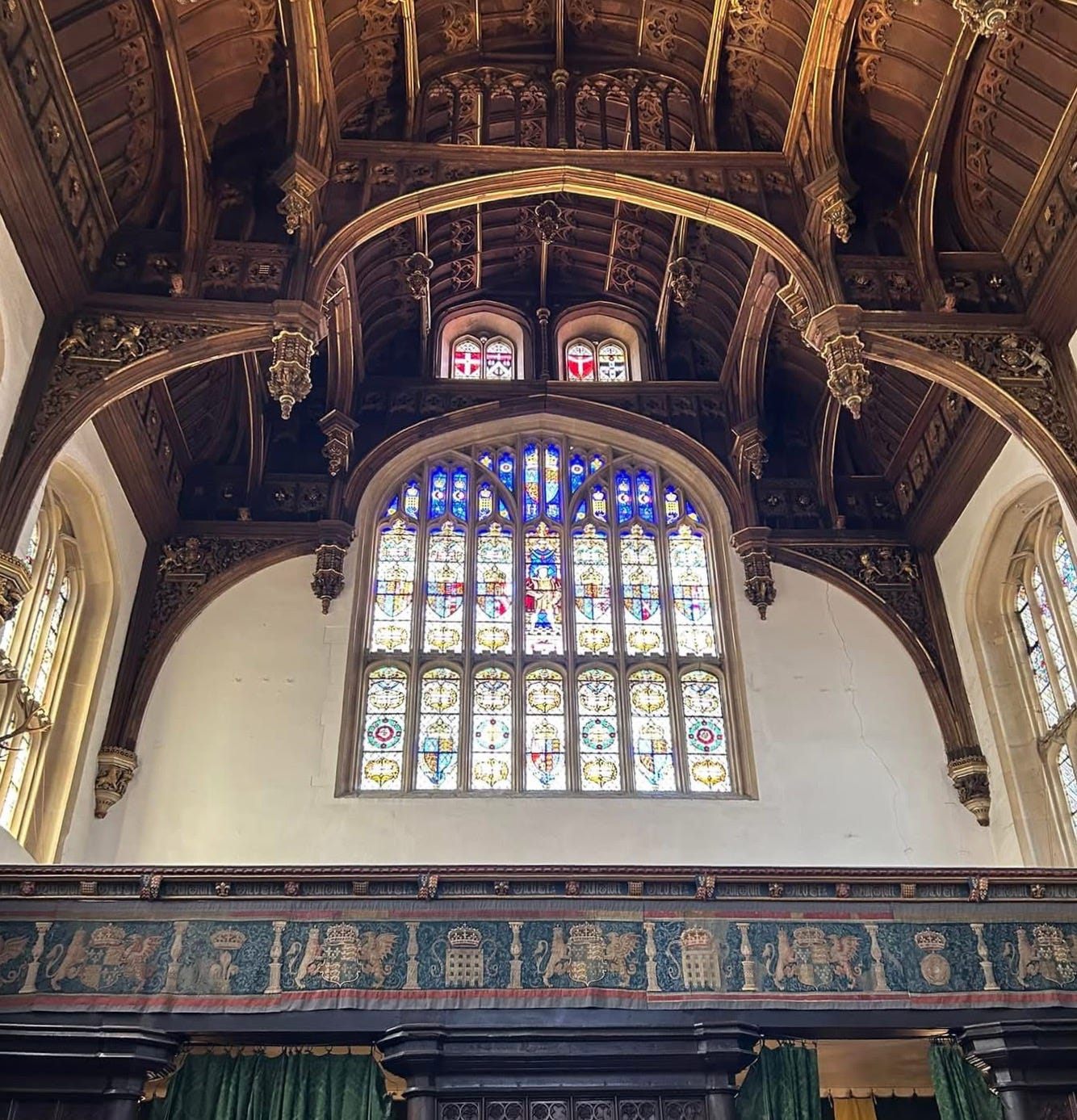
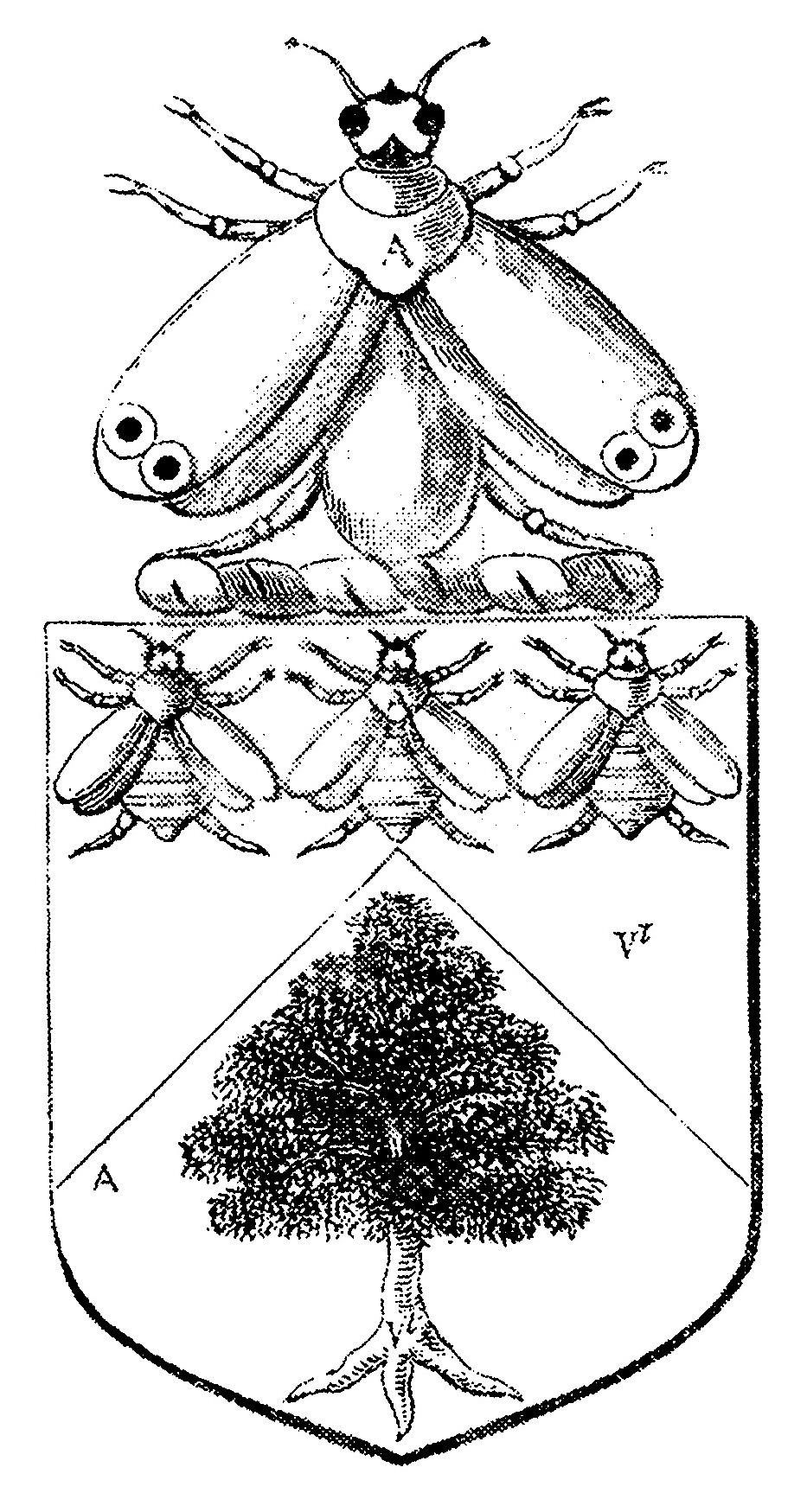
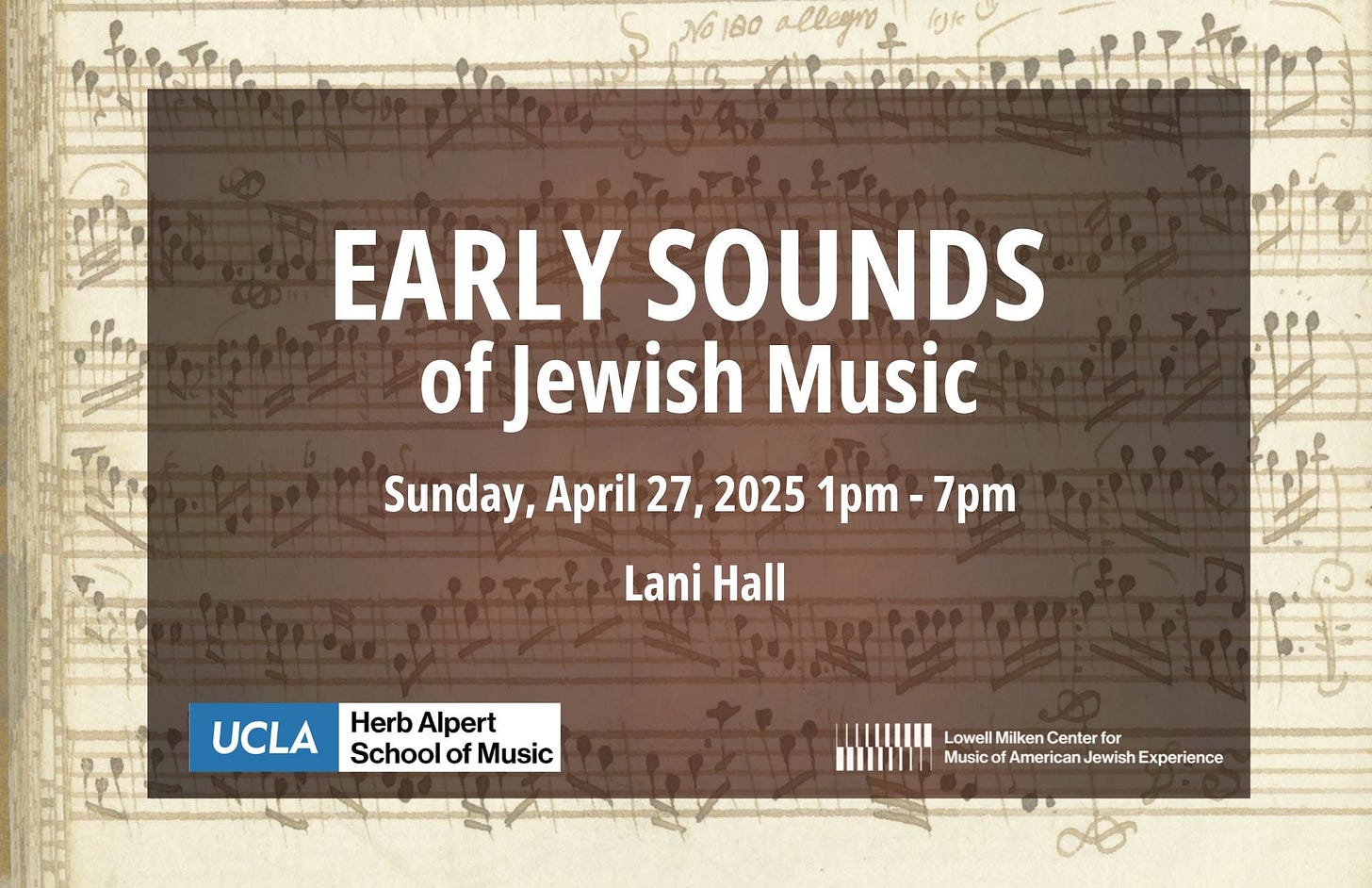



Fabulously interesting,